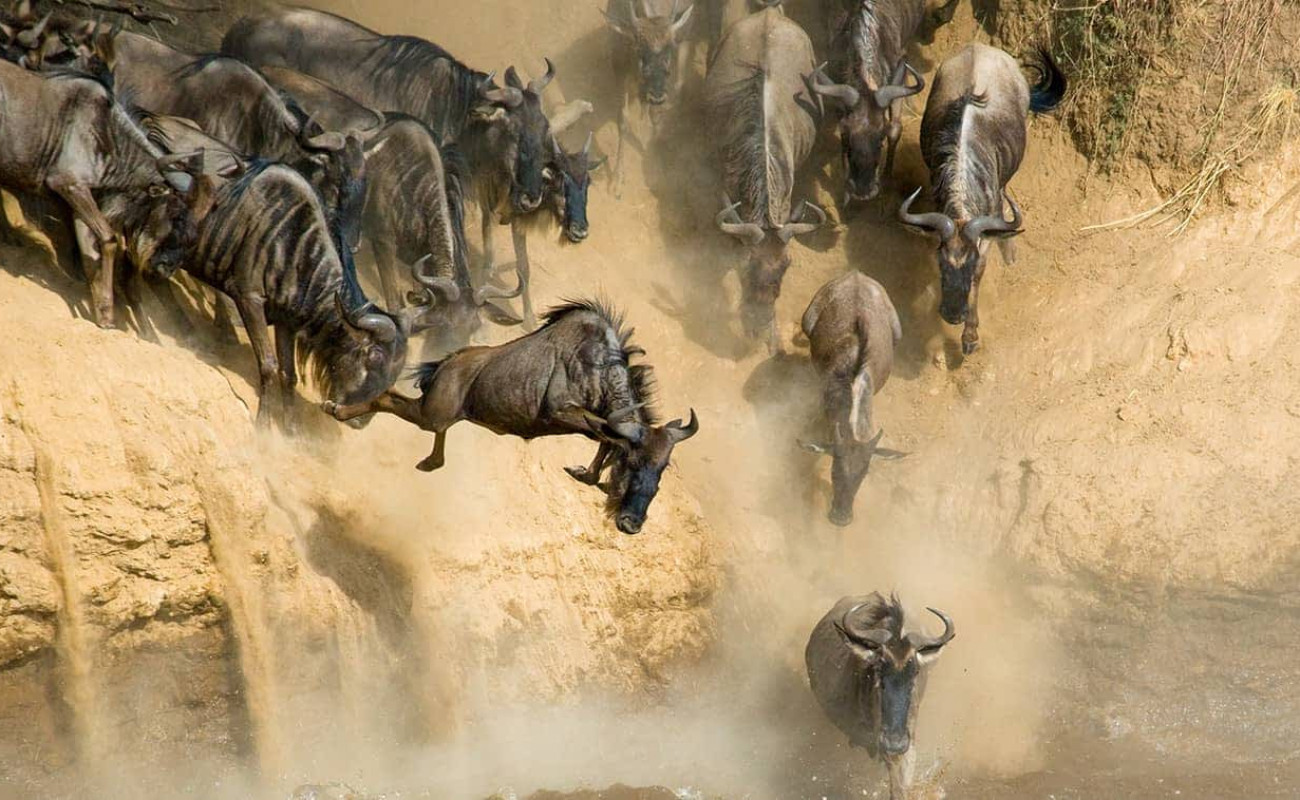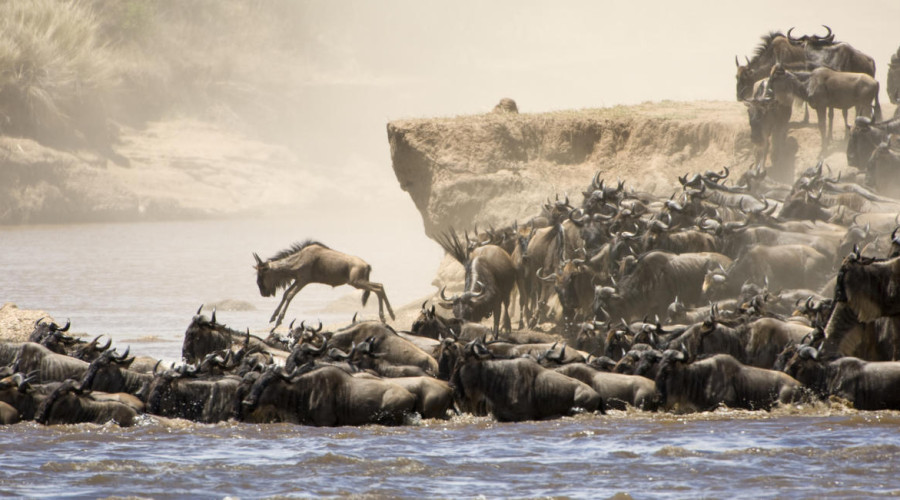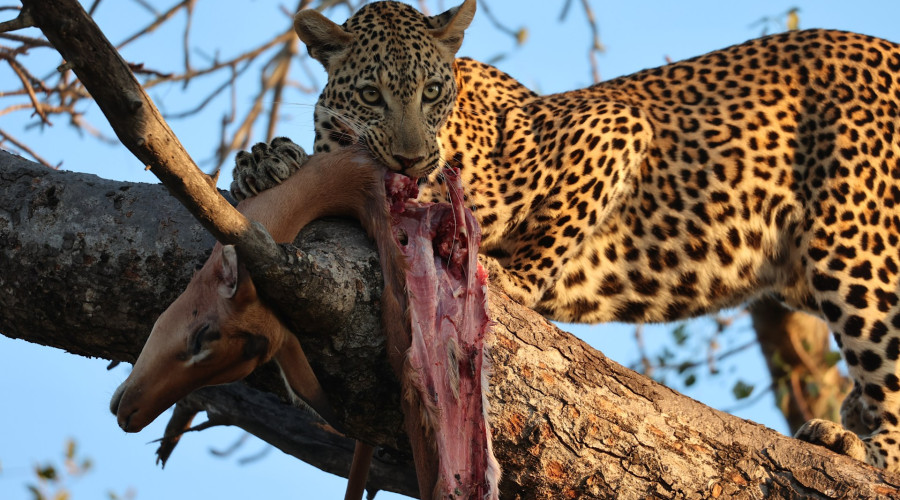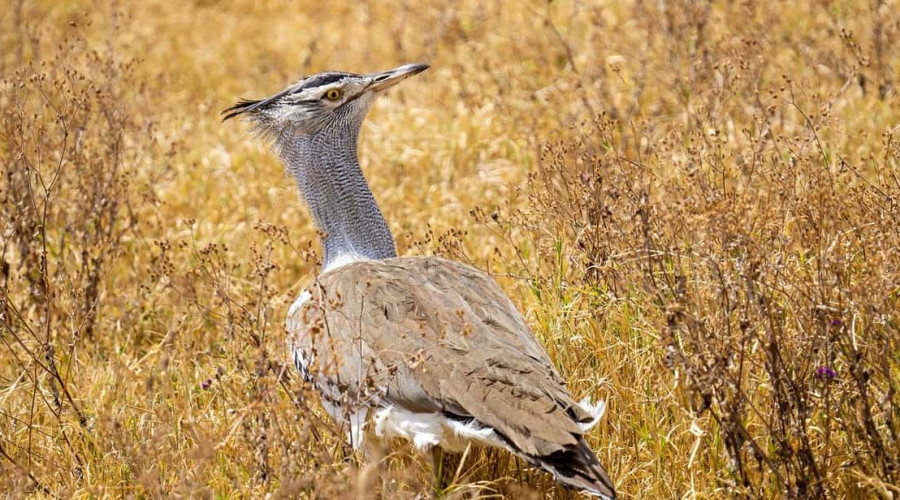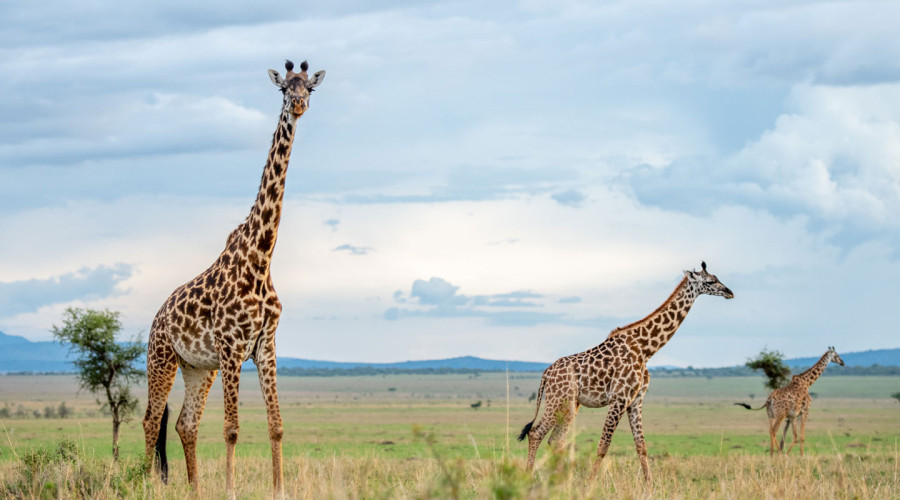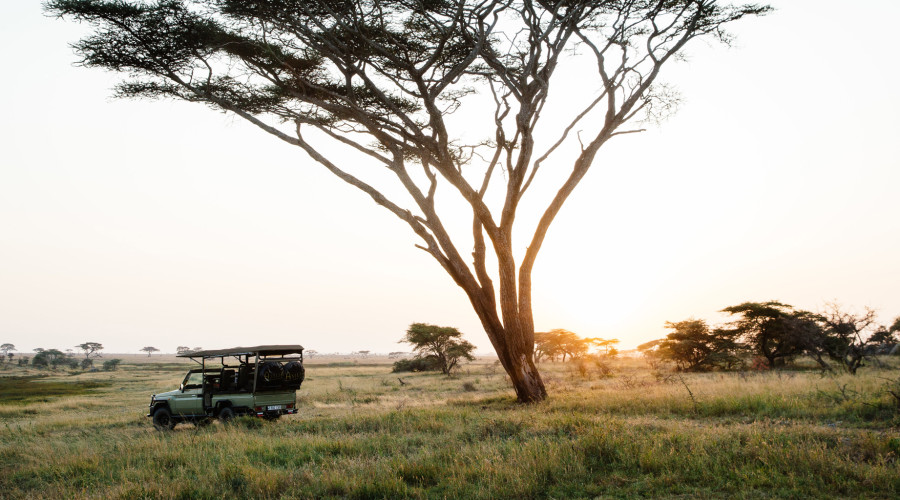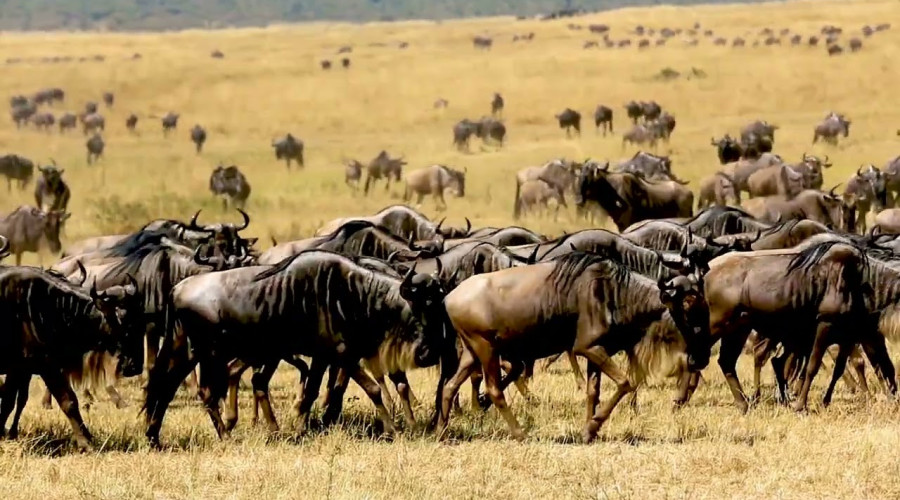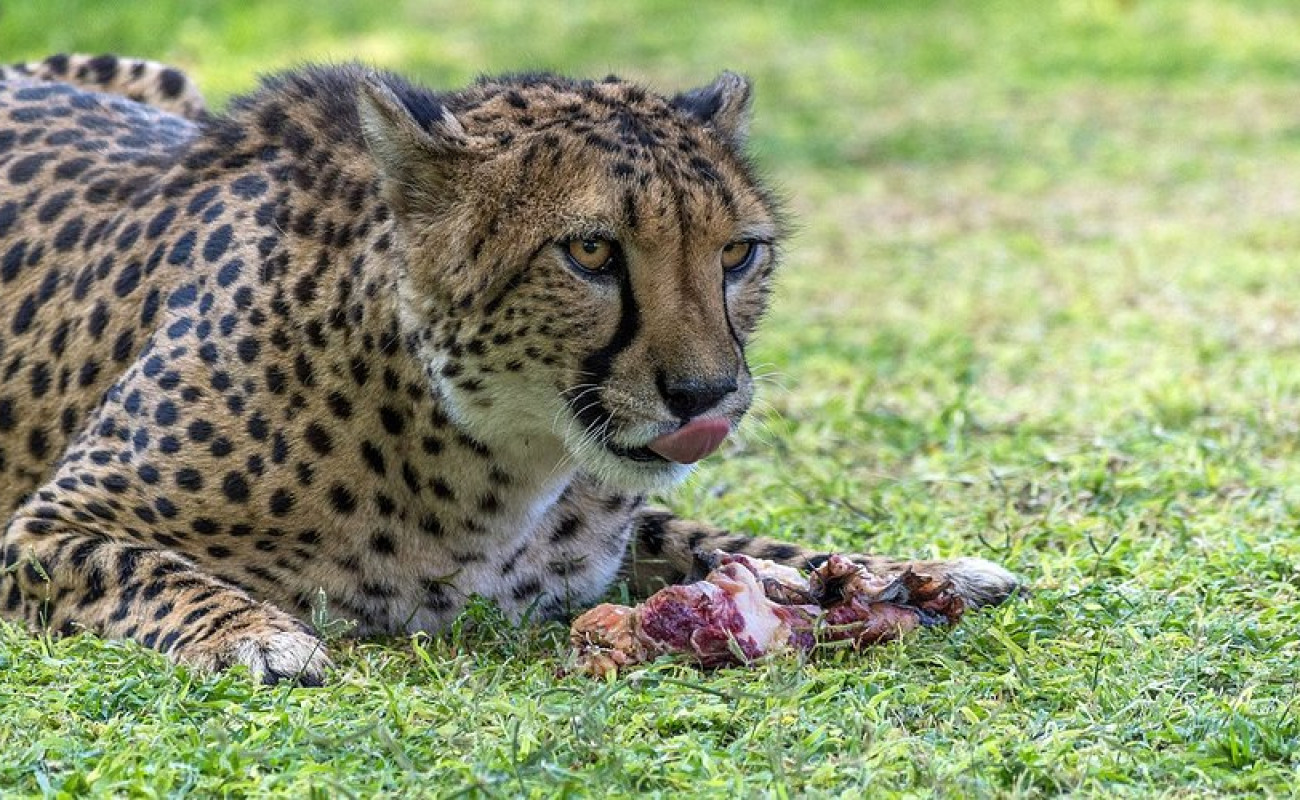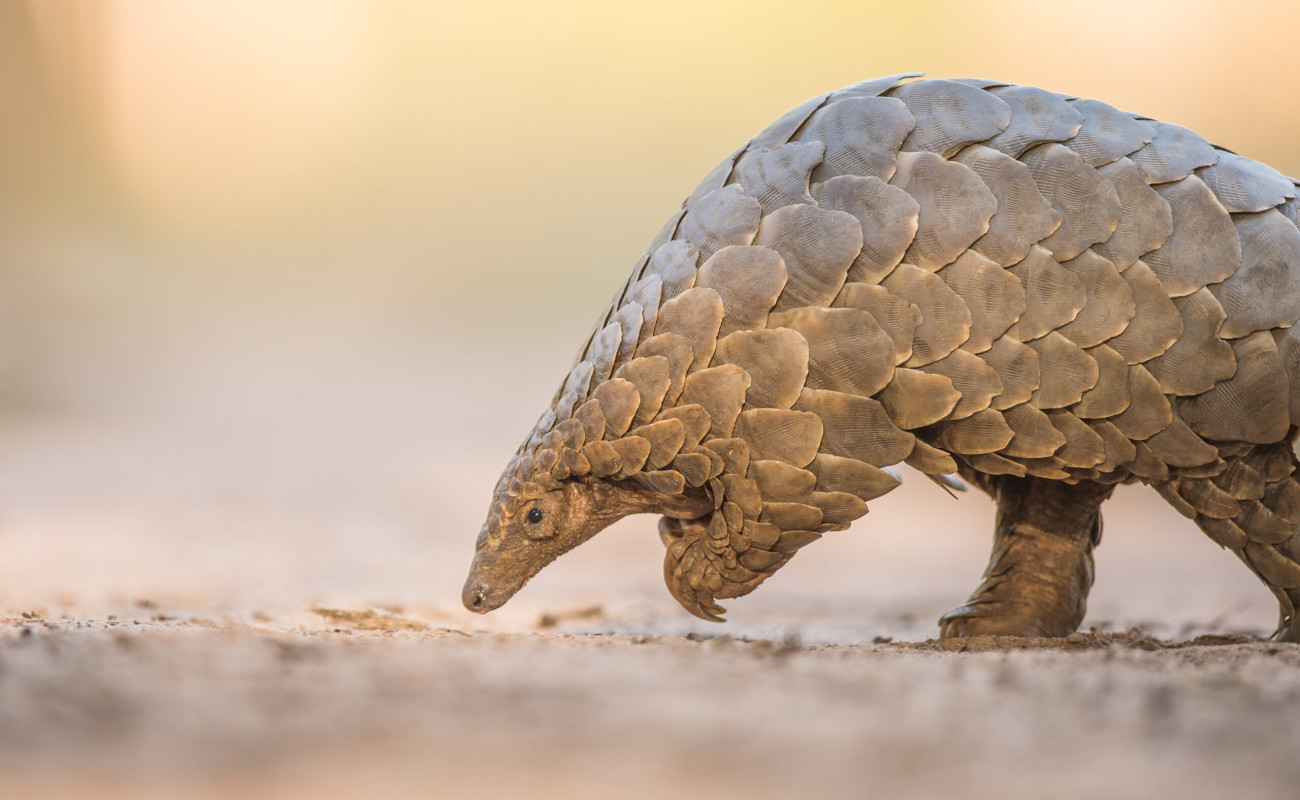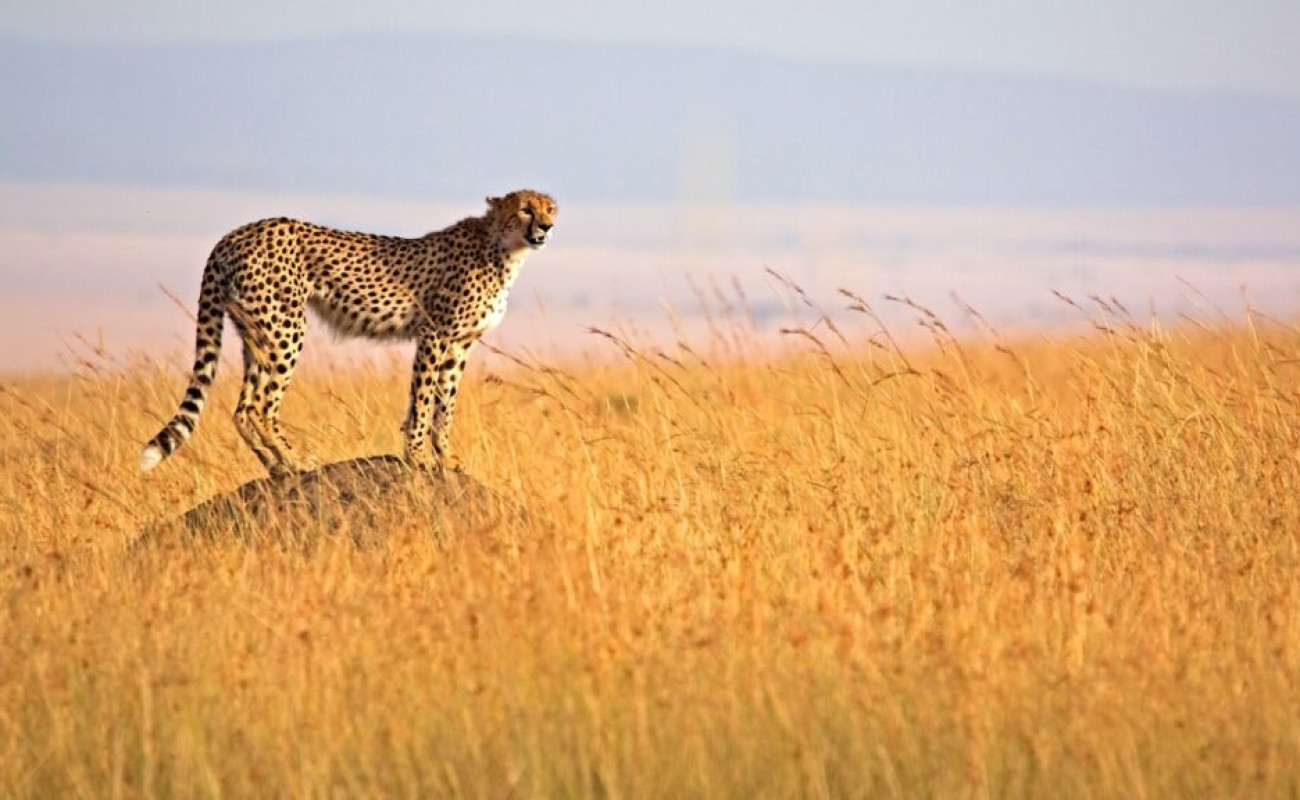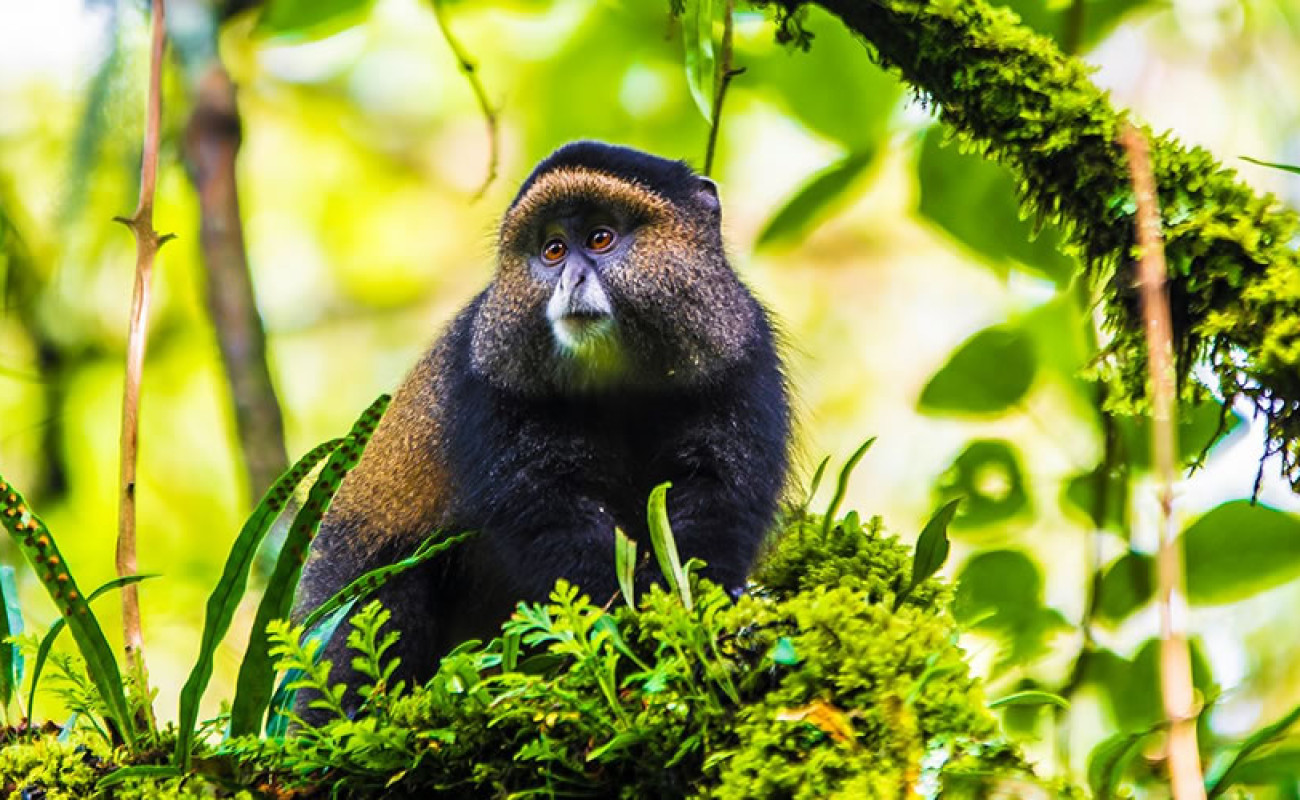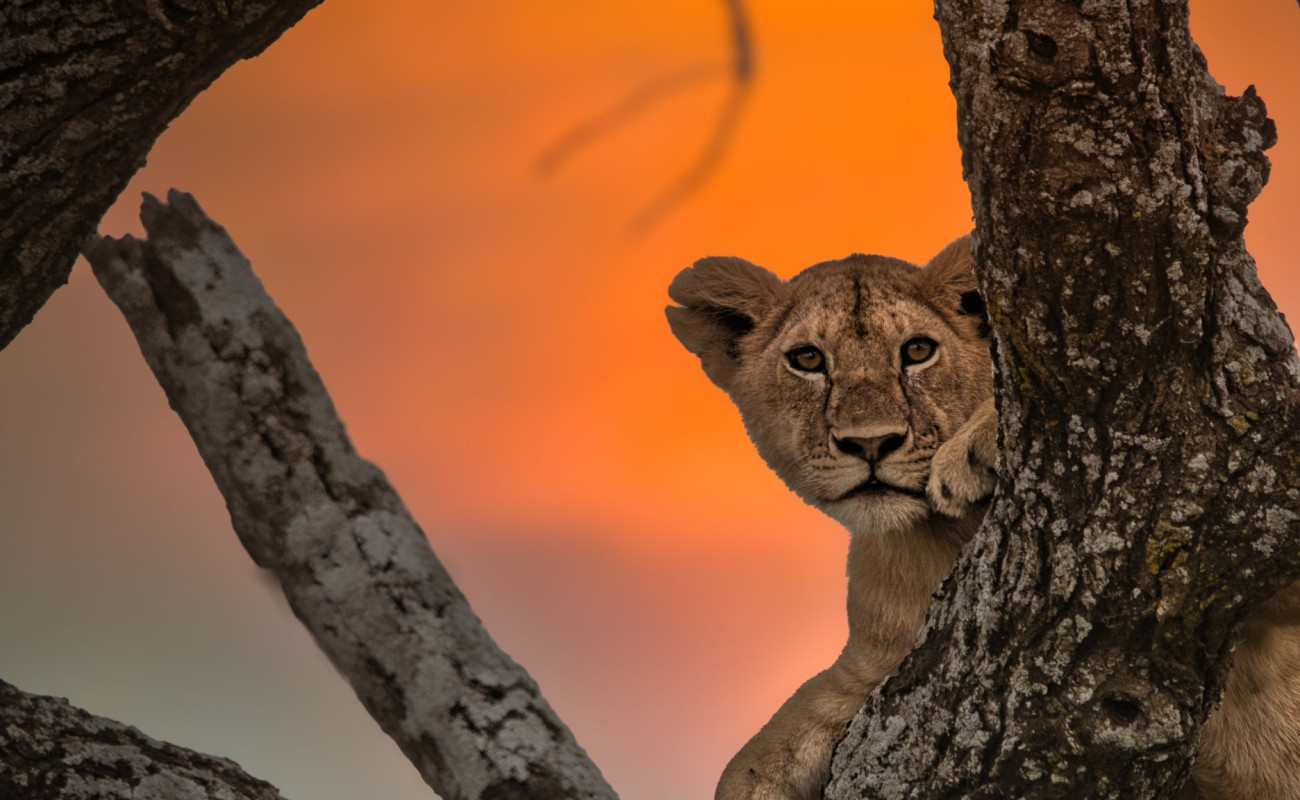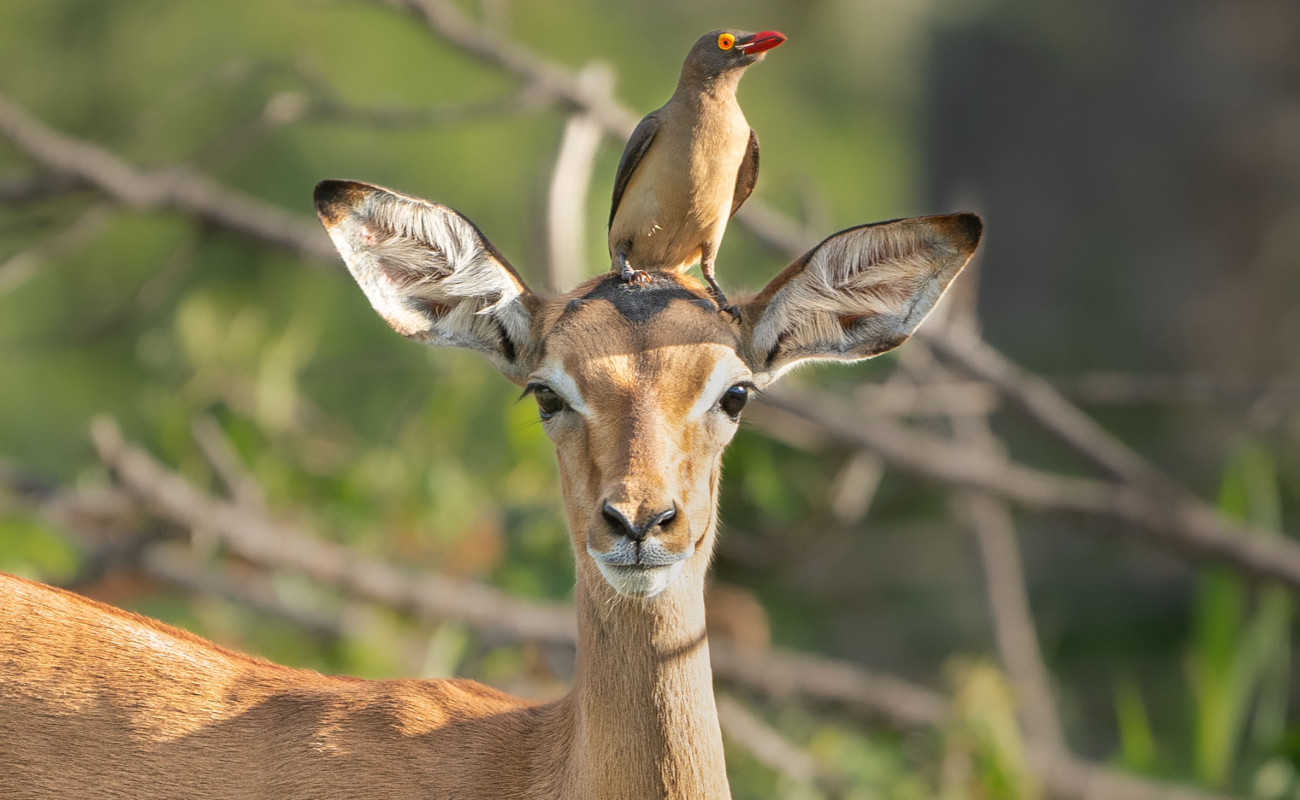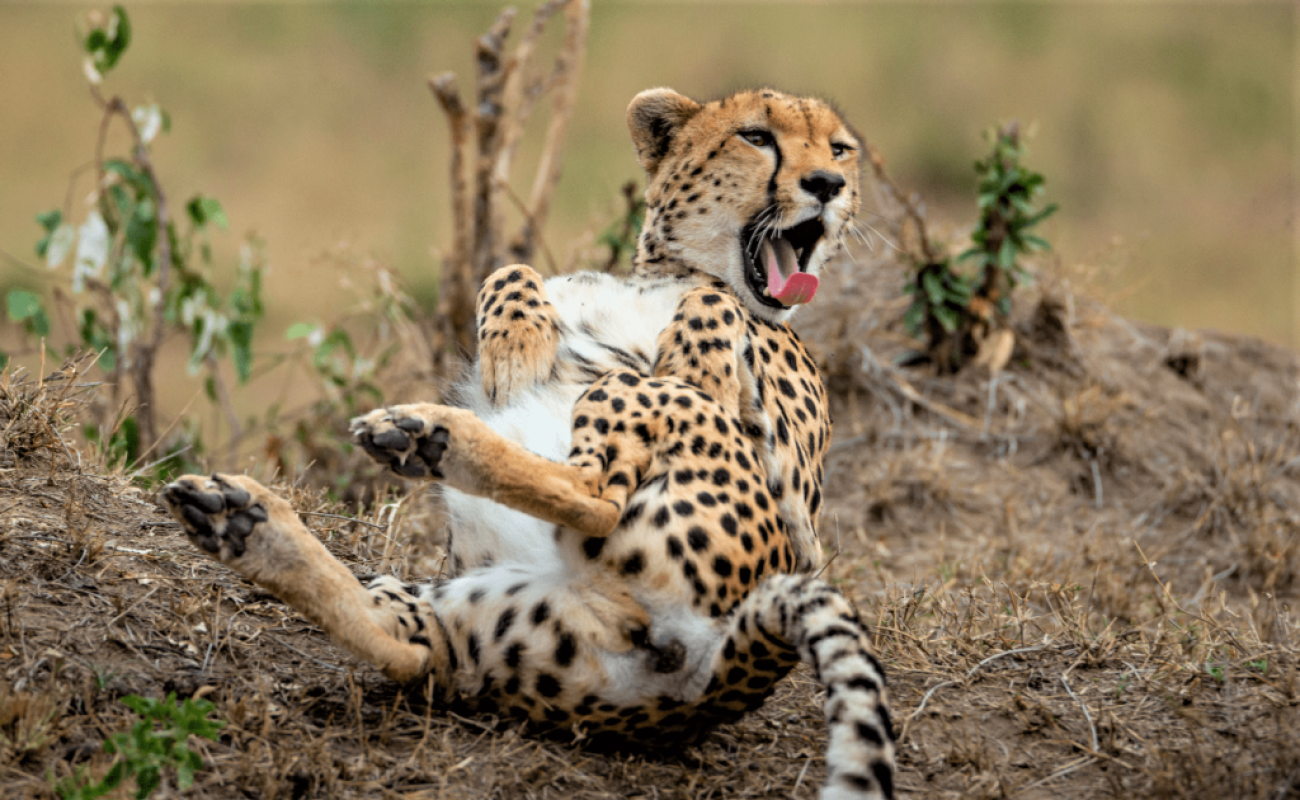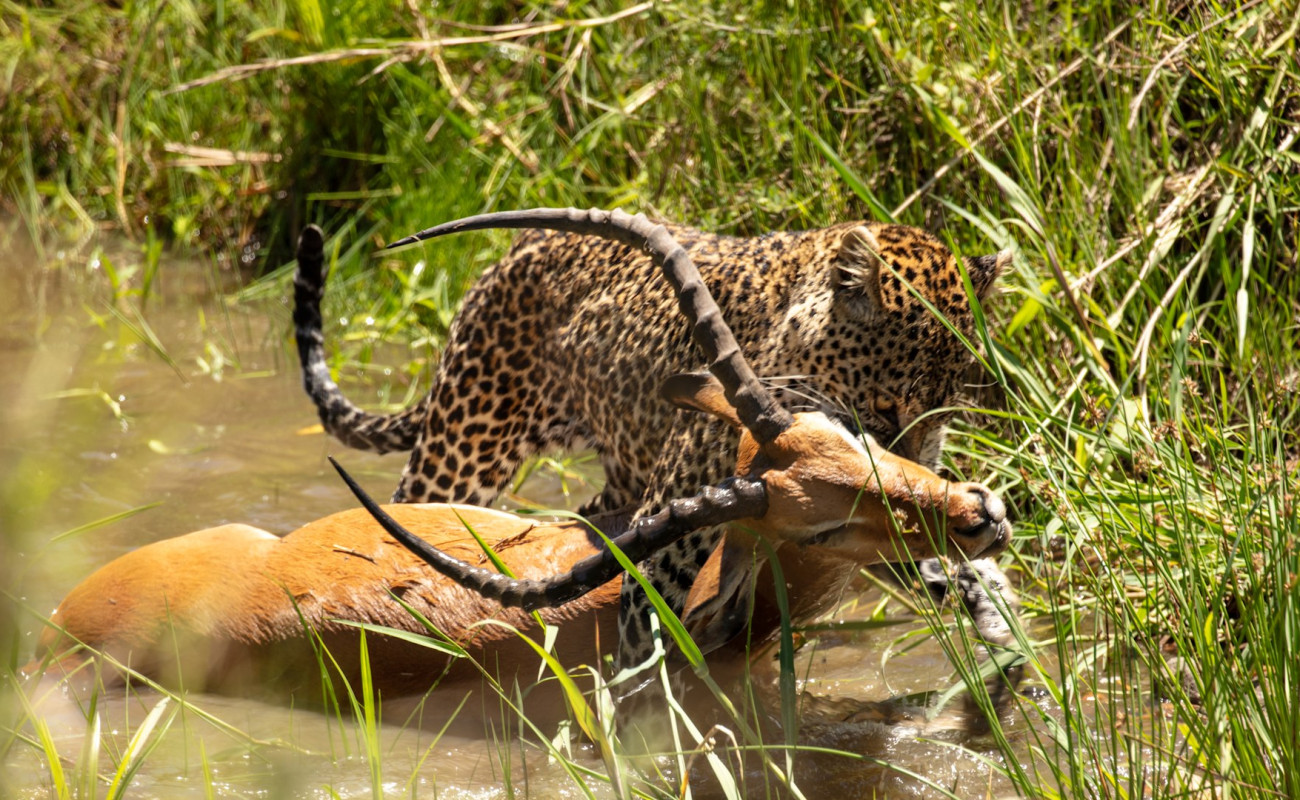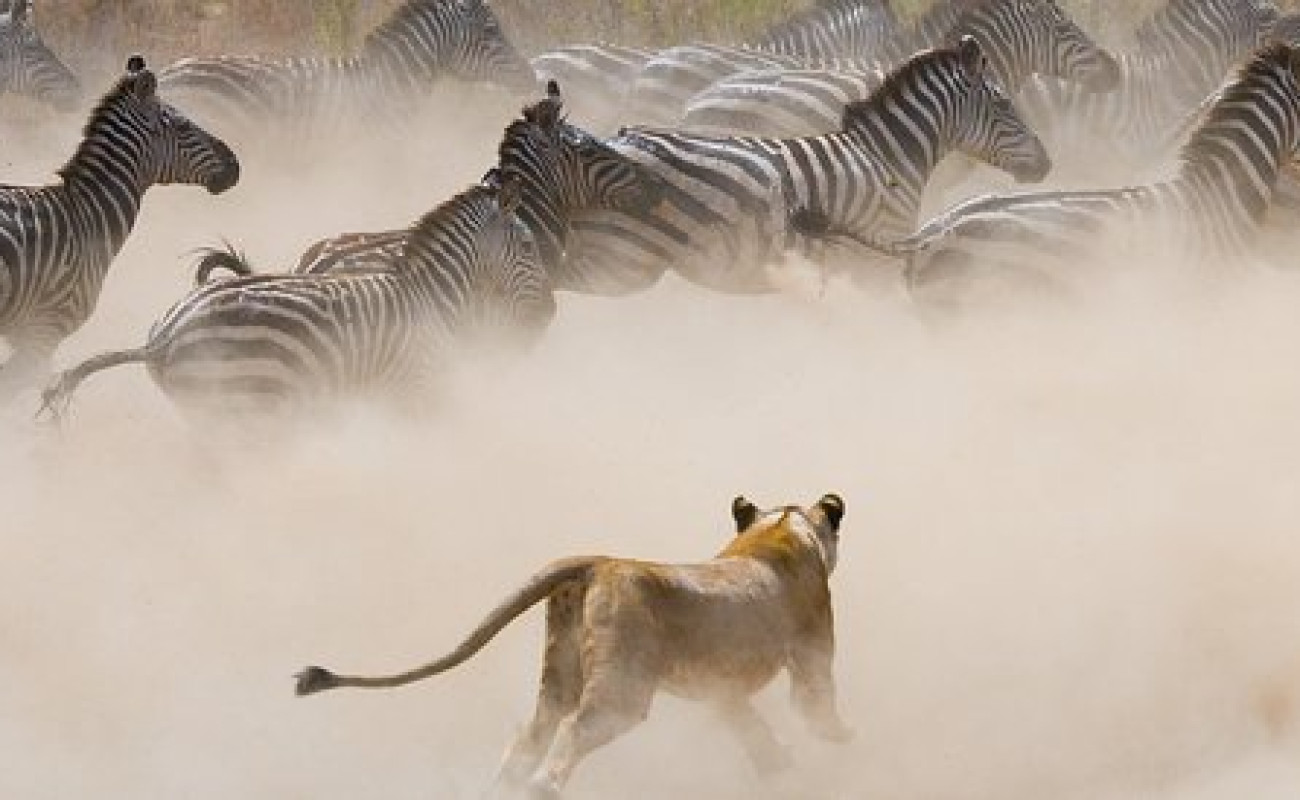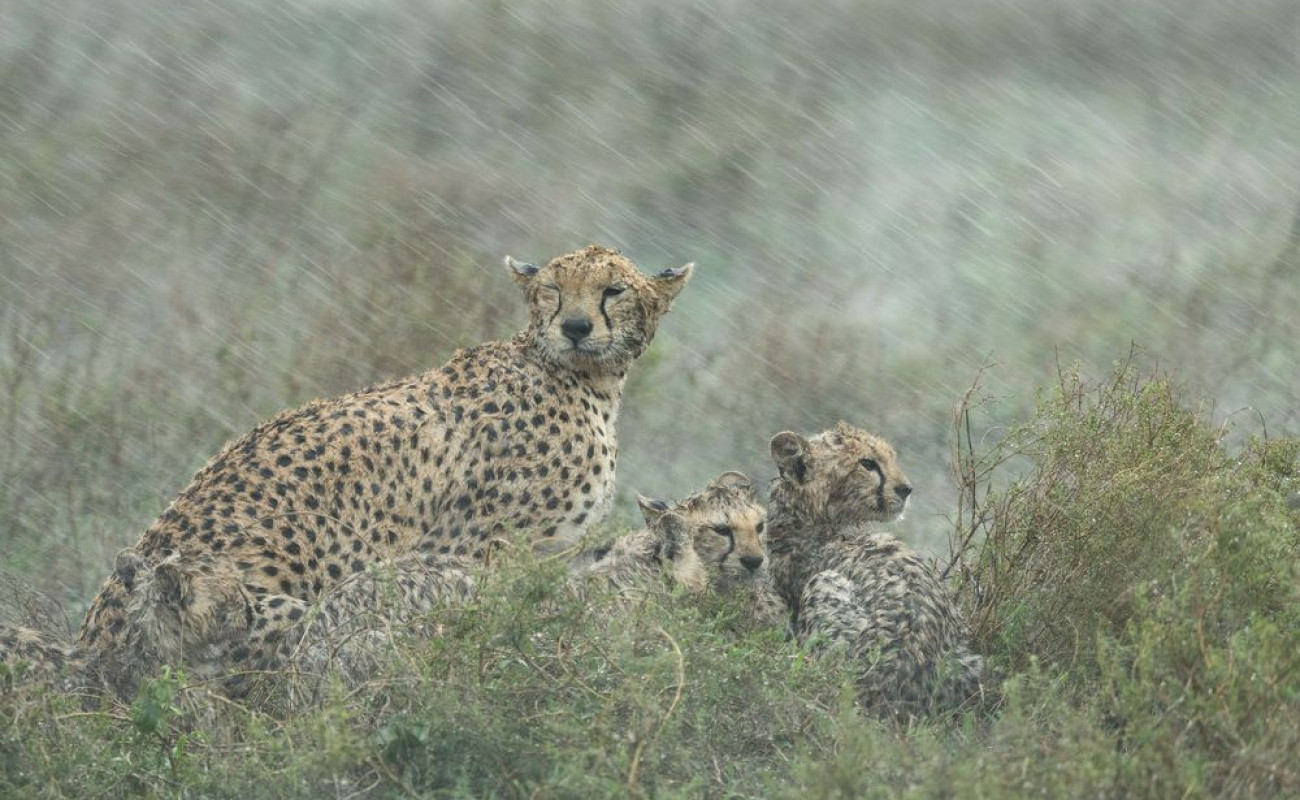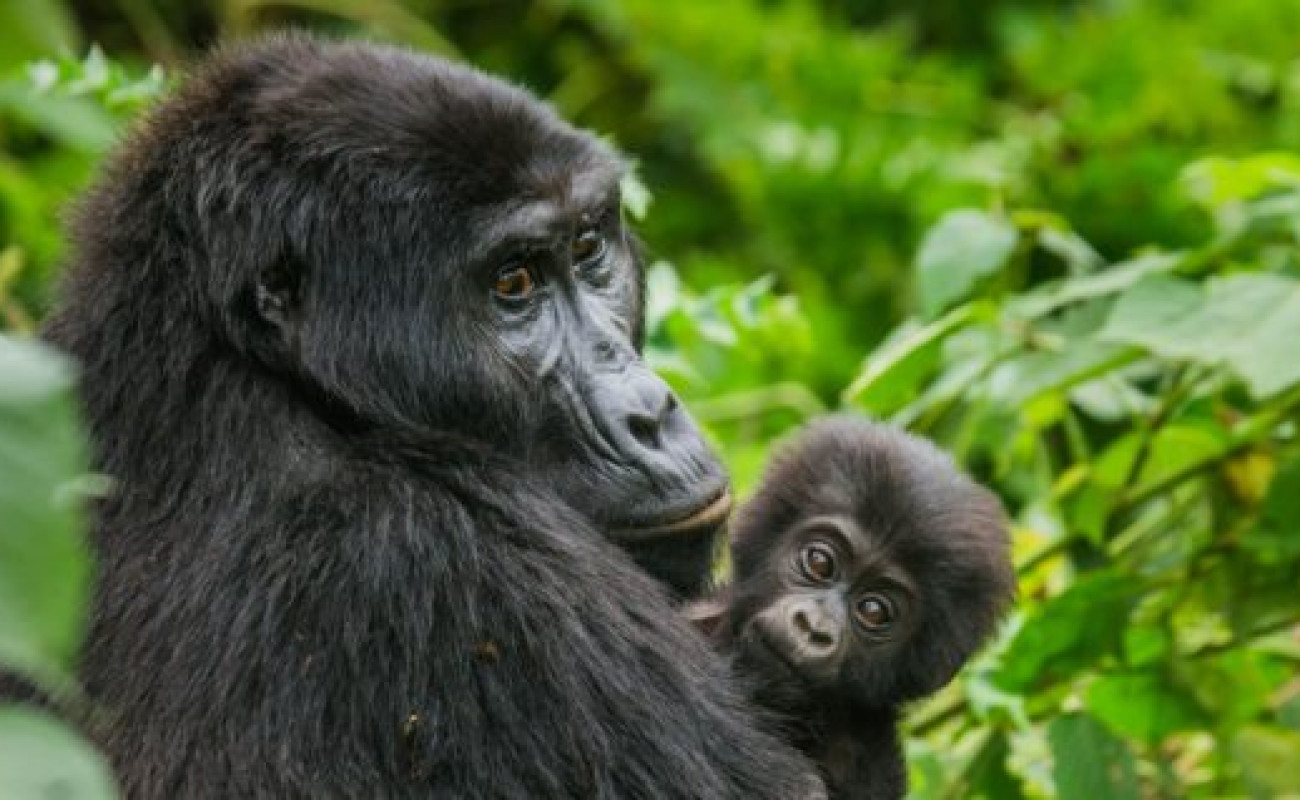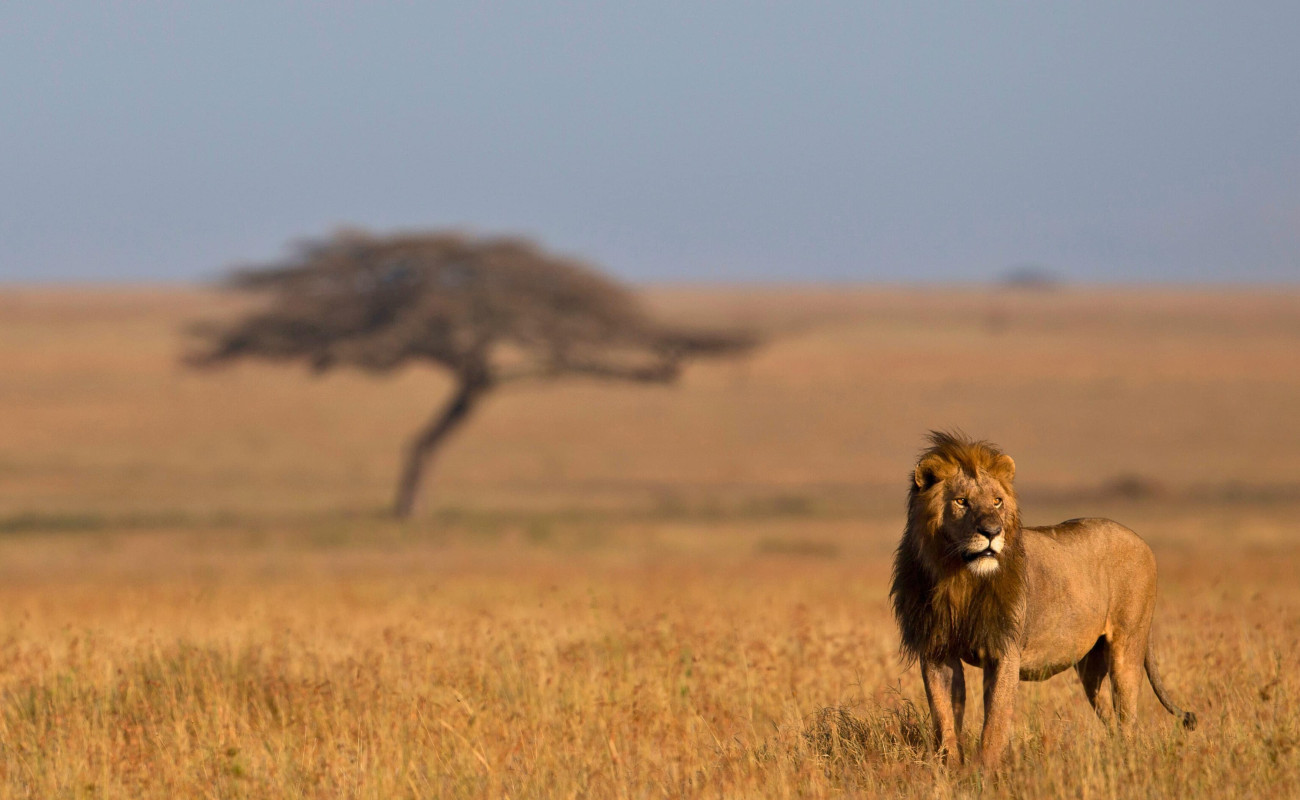The Serengeti National Park, a UNESCO World Heritage site, is often referred to as the "Living Laboratory of Nature." This description is not just a poetic phrase; it's a reflection of the action-packed natural processes and dynamic ecological interactions that unfold every day within its borders.
The Serengeti serves as an unparalleled stage for studying nature’s most primal actions, from the migration of millions of wildebeest to the delicate balance of predator-prey relationships. Here, nature does not stand still,it is constantly evolving, adapting, and interacting.
At Eagle Soul Adventure, we invite you to experience the Serengeti not just as a destination, but as a place where the drama of nature plays out, providing profound insights into the wild world..
We offer you the chance to experience the Serengeti, a place where nature's grandeur unfolds in real-time, where each day brings new stories of resilience, beauty, and raw emotion. The Serengeti is not just a destination,it’s a living laboratory, a place where nature's intricate balance is on full display.
Below, we’ll dive into how the Serengeti’s actions and ecological processes make it a living laboratory, offering unmatched opportunities to witness nature’s ever-changing dynamics
